Of the many forms that evil takes on in Horror films, the entity who was once known as Freddy Kruegar is rather unique. First, unlike other famous Horror figures introduced during the 80s, Michael from Halloween and Jason from Friday the 13th, his title – A Nightmare on Elm Street – defines who he is, not when or where you might meet him next. All it took was for audiences to experience Freddy cornering Nancy in her high school boiler room during the day to realize that Kruegar had few limits; least of which were time or space.


That’s because unlike Myers and Voorhies, Kruegar lacks certain “mortal” restraints, and is capable of confronting his prey in the space between their ears. Freddy invades every area of the Elm Street children’s subconscious – their inspirations and insecurities – until he finds what frightens them.
Students of psychology learn an acronym which aids in understanding, and one day potentially treating phobias, insecurities and even simple decision making in their patients. Using the word ‘FEAR’, they are taught to explain it away as false evidence appearing real.
Kruegar manipulates his targets’ dreams and drives, their utmost desires, doubts or inner demons until they ultimately destroy them. Unfortunately, while under Freddy’s influence the individual tends to live out their dreams, making their deaths seem self-inflicted, as we saw with Phillip and Jennifer whose “accidents” in 1987’s A Nightmare on Elm Street III: The Dream Warriors were viewed as suicides.

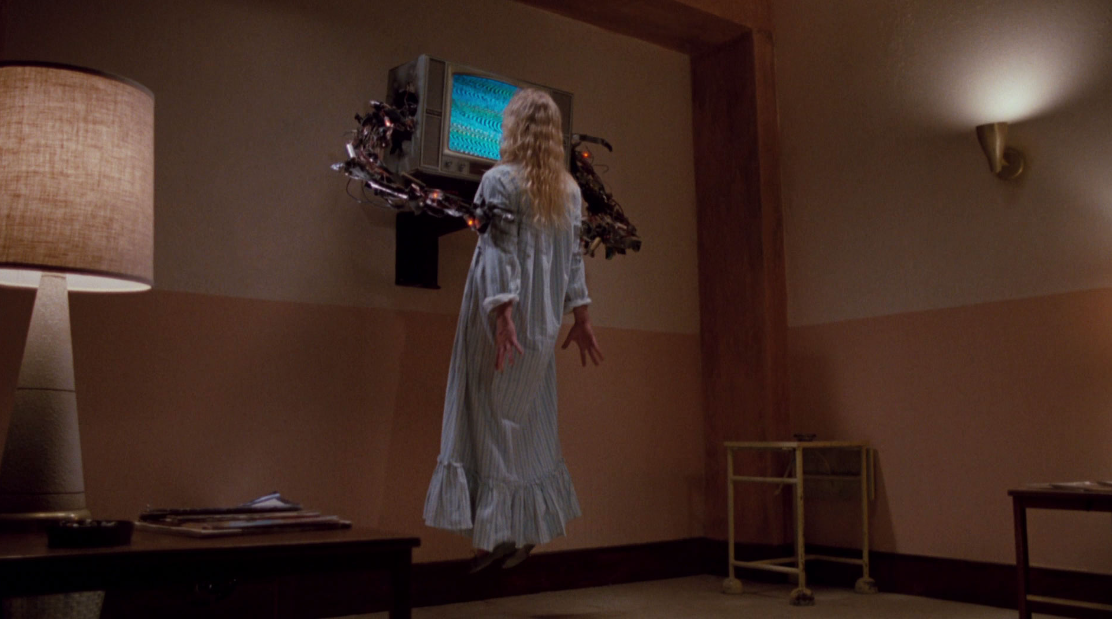
However, for someone known for exploiting every vulnerability or weakness in his victims, of the mental manipulations Freddy uses against his victims, I recently realized that among all of the dream sequences, none of them truly ever stooped to the level of exploiting our fear of one another.
Sleeping with the Enemy
During a comedy special on Comedy Central, Eternals star Kumail Nanjiani refers to a scene from the 2003 film Freddy vs Jason. He mentions one particular scene where Kruegar is deciding between which of two females to torment, with one being white, the other black, Kruegar makes his decision to chase after Kelly Rowland’s Kia known with announcement “How sweet, dark meat.” Now, as a fan of the franchise I immediately recognized that Freddy’s dialogue here was in a bit of a reference to what he says when Kristen calls Alice into her dream in Elm Street IV. But clearly they could have saved this line for the sequel to A Wet Dream on Elm Street.


Before going any further, I feel I should first mention two other features that distinguish Freddy from some other horror creatures; he’s a talker and he tends to take his time to kill. While we typically expect the killer in a horror film to do it quickly and quietly, Freddy’s approach is quite different.
Even if Chucky likes to play as well, my understanding from the first few films is that Kruegar’s games occur over the course of many dream cycles in order to wear his next victim down both physically and mentally. Until they are too weak to awaken or offer any effort to escape him. Even here he opts to take his time, through setups both clever and cruel that often seem like they come straight out of a comedic routine.
Kumail’s punchline makes a good point, though, since you have to wonder what someone is smoking to expect better behavior from a child killer/molester like Kruegar. And it made me see something so scary that even Freddy has never dared to use it against any of his victims before.
Say what you will of his horrendous actions before being burned by the parents of Elm Street, of the fears that he brought to the forefront in the afterlife, there is one “exploitation” that not only Kruegar but more importantly Wes Craven thought to steer clear, even contradict. And though it may be a nightmare to some, I couldn’t dream of a better representation of African Americans in Horror films than what we have seen in the Elm Street franchise.

When audiences, along with Tina, first encounter Freddy in the boiler room at the beginning of the 1984 film A Nightmare on Elm Street there are three things that stand out, specific features which Nancy later recalls to parents about the man appearing in her own dreams. She states he has a colored sweater and wears a hat, the knives and she mentions his face. Her comments are crucial because due to the location of the movie’s opening scene it made it look like Hollywood’s newest terror’s skin was of a darker tone. Even now no one knows for certain Kruegar’s complete genealogy since although Elm Street III gave us a clear look at Amanda, neither Nightmare on Elm Street IV nor V completely clears up who is the father, though Robert Englund’s cameo does give some confirmation.

Nancy’s comments about Kruegar allow Wes Craven’s script from veering into any type of color commentary, leaving open the possibility that this trouble in suburbia, that this man who not only terrorized the children of Elm Street in life but is now doing so from beyond the grave could be of any race, even Caucasian.

Could you imagine if we discovered the man grabbing, almost groping the nightgown wearing, young white girl during the films opening had been black? Should it matter? It certainly did not to the parents of Elm Street, who like the men who felt wronged by Daniel Rabitaille, sought out Frederick Kruegar in order to serve their own form of justice. As for the makeup of the “lynch mob”, we know from The Dream Warriors that Kruegar’s cruelty knew no racial limits, so the courtroom scene from Freddy’s Nightmares Here Comes Mr. Nice Guy doesn’t do the killer any justice.
Meanwhile, The Dream Warriors managed to break a few horror rules on its own.
BUNG, BUNG, BUNG, BUNG
Though implied, no one had ever decreed that there were in fact rules that someone can follow in order to survive Horror movies. That is until the geek Randy spoke up during the party scene of the 1998 film Scream from none other than Wes Craven. As I’ve already stated Craven was clearly not the type of coward to cheapen his cinema with something that doesn’t even frighten children. Craven displays this again by having Randy mention the many stereotypical setups we all have seen that result in someone dying on screen, whether it is having sex or getting stoned.






Very few fans go into Horror films expecting a happy ending. And usually the number of characters from the movie who can look forward to one is even less. Actually the number is so small that it has earned its own unique moniker – The Final Girl. If that seems sexist to you still, then I’m sure there’s a joke somewhere about expecting more from the 70s or something with the title Black Christmas as well.

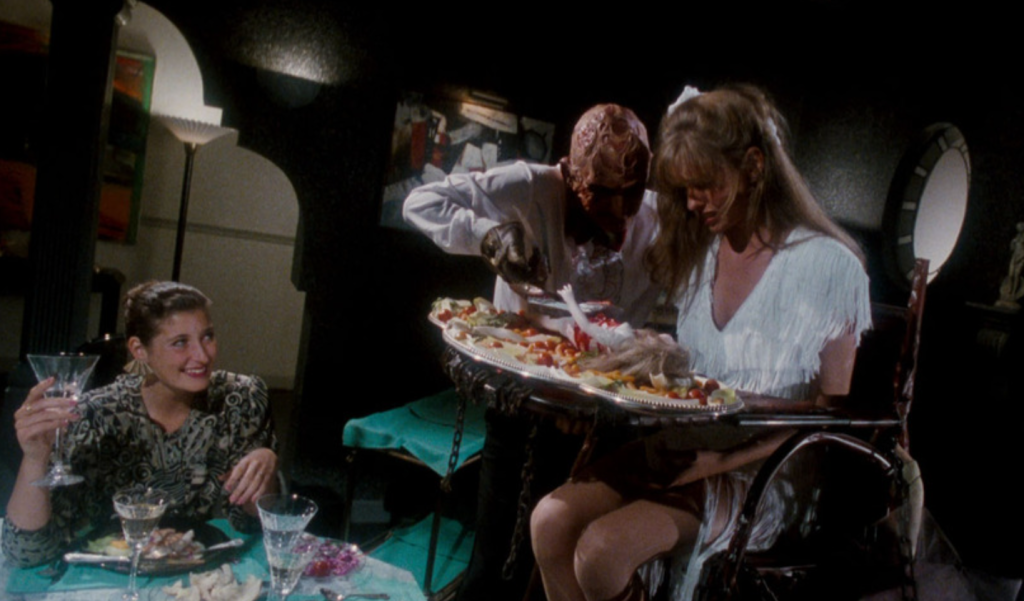
Regrettably, it seems even Randy thinks like a man a little because he brings up one of the more famous final girls – Jamie Lee Curtis – before he begins listing the rules. But give him some credit for not commenting on who always dies first or who always survives. Perhaps he had watched The Dream Warriors enough times to recognize that these things had been put to sleep a long time ago.
When Dream Warriors introduces A Nightmare on Elm Street’s star and final Heather Langenkamp’s Nancy to the patients of Westin Hill Psychiatric Hospital among the faces that greet her during the introduction from Dr. Neil Gordon is Roland Kincaid.

I can’t ignore the fact that yes, on the surface Roland Kincaid’s character, played by Ken Sagoes, was a stereotypical representation of a young black youth in the 90s.

I know for a fact that Freddy was down with the hip hop scene since he was not only the inspiration but appeared in the music video of the rap group ‘The Fat Boys’ song, “Are You Ready For Freddy“. Yes, you are right, Craven did slap a certain duo with a lawsuit/cease and desist order, but it was for a good reason. Unlike Candyman, it seems Kruegar doesn’t care if you keep his name out of your mouth, he just wants you to get permission first.
Though you may only remember Kincaid for this sort of ‘ME’ mentality don’t forget Laurence Fishburne’s Max points out to Nancy that at least one other patient was just as troublesome as what we would later witness from Roland. That could be because for some, Kincaid displays the type of behavior they have come to expect from a young, inner city – if that is what Springwood is(?) – black male. But what these individuals ignore is what Wes Craven was showing with all of the teens in the Nightmare franchise. Yes, something is killing the children but unfortunately it has the ability to manifest in numerous forms. It’s only goal, to use their fears against them. Meanwhile, the child that’s trapped in the nightmare can only respond to the boogeyman in the manner in which they have been conditioned.


For Kincaid it was outbursts, for others like Taryn it was other outlets; but they both were byproducts of the same environment, so what does that say about the suburbs of Ohio? Or any of us?
What’s interesting about Kincaid is that while Nancy taught all the patients at Westin Hills to control the dream, their thoughts, Wes Craven kept most of the story Roland was telling consistent. If you look past the profanities what Kincaid was actually saying is I react to violence with violence. But instead of being the asshole everyone assumed he was, he was only angry at what was terrifying him. In this instance it was Kruegar. Now thanks to Nancy, in his dreams he was given the opportunity, even empowered, to confront what was keeping him up at night. And in the final scenes of Dream Warriors we got to see Kincaid acting heroic, fighting his way through unknown terrors to rejoin Kristen and Nancy and aid them in releasing Joey; who Freddy was torturing in his sleep.
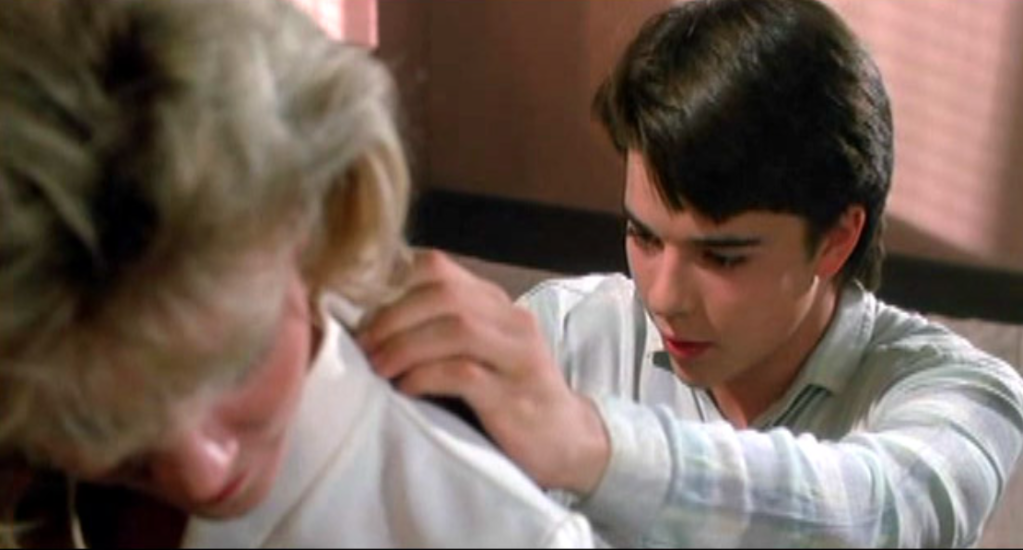

I cannot ignore that it seems that by beginning the film by emphasizing – to the point of even over exaggerating – Kincaid’s attidue, it is possible that Wes Craven was showing Roland’s way of dealing with what frightened him.
Rock A-Bye, Baby
As Kincaid would later state in the Springwood High hallways to Kristen in A Nightmare on Elm Street IV: The Dream Master, when discussing the bite she received from his dog – Jason – the night before “my dog is like me, drag him into your crazy ass dreams and he gets wild.”
That’s right, in case you weren’t already aware Kincaid, along with Kristen and Joey, survive and are eventually released from the Westin Hills Psychiatric Hospital, since we see they have rejoined the rest of their class at Springwood High School in Elm Street IV.
Sadly, Kincaid would eventually become a statistic, as he would not graduate with the rest of the Springwood High Class of ‘89. Instead he was the first of the three survivors that Freddy targeted upon his return. Now I’m willing to accept that part of the whole junkyard setup with Jason was merely just an opportunity for Wes Craven to take a dig at another horror contemporary. But I believe given how Kincaid had come to both Kristen and Joey’s aid in the past, if Freddy was going to prevail he knew he better take out Roland first.

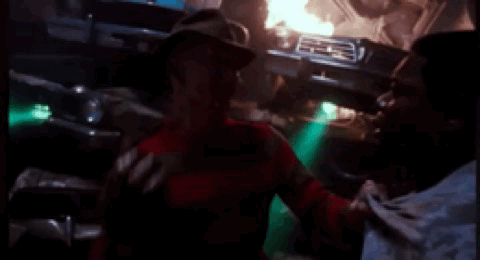
Kincaid may have been the first, but he would not be the only person of color to face Freddy and live to dream another day. Apparently after her battle with the dream master Alice got pretty cozy with Dan, and somehow Kruegar managed to slip between the sheets. And he may have conceivably returned to the land of the living – in the form of Alice’s son Jacob – if Kelly Jo Minter’s Yvonne had not succeeded in freeing Amanda Kruegar’s spirit which was confined to the asylum tower where Freddy himself was born.
Similarly, in the same way that Nancy found both understanding and assistance from Craig Wasson’s Dr. Neil with the patients of Westin Hills, Freddy’s own daughter – Maggie – gained the mental and even physical training she would need to face her father from Yaphet Kotto’s Doc in 1991’s Freddy’s Dead.
However, this doesn’t mean those who doubt or discredit anyone who either experiences or attempts to expose evil, despite the unconventional, even inconceivable forms, only have one look. One need look no further than both Craven’s New Nightmare’s Dr. Christine Heffner and The Dream Warriors Dr. Elizabeth Simms to find character’s the Elm Street franchise uses to remind us some doctors aren’t here to help and in fact may be down with the sickness themselves.
Now, since I have already brought up the subject of Scream by mentioning Randy I might as well mention what others may bring up soon enough. That being the fact that both Scream and its sequel Scream II contradict just about everything I previously stated about my interpretation of Wes Craven’s nightmare.


.
Actually, I believe if you poke around a bit into what took place in these two entries of Craven’s successor to Freddy, you may be shocked by what you’ll discover. The difference between the Loomis’ and Kruegar is the former created fear where there was none before. I believe these two Scream films were written as a return to the common conventions in order to serve as a reminder to society of how easy it is to manufacture, even mass produce fear. On the other hand, Freddy finds it where it truly lies, in our minds’ eyes. More thorough than any of the therapists who attempted to treat his victims, Freddy Kruegar turns a mirror on those he torments, allowing them to gaze into the eyes of what truly terrifies them.
So in the end, the only thing you have to fear…may actually be yourself.


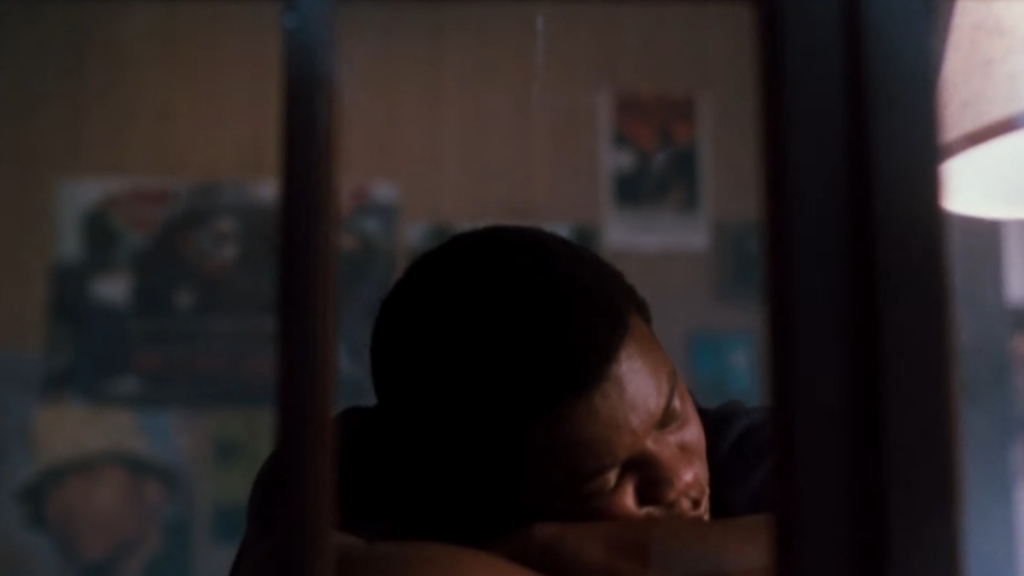




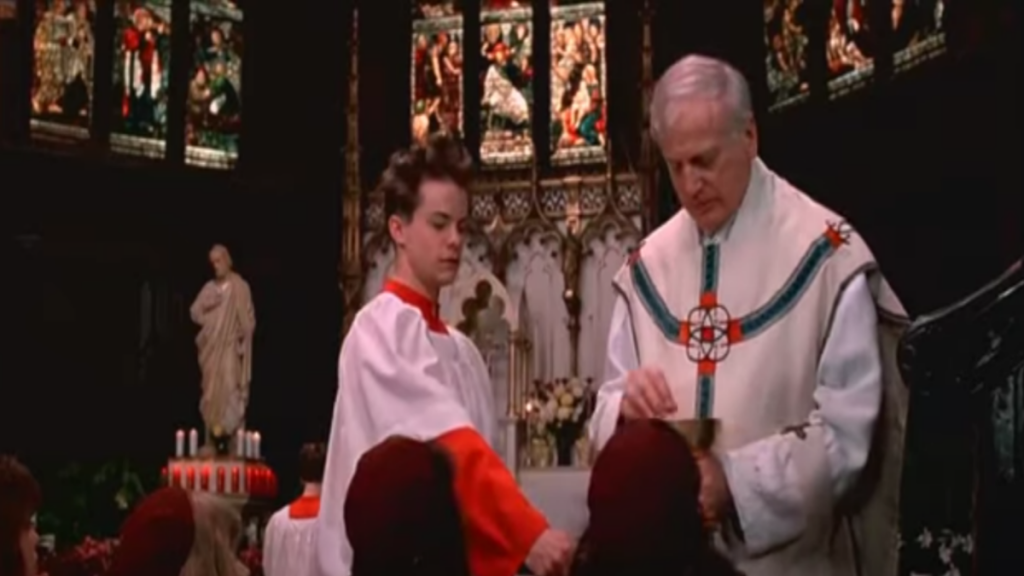
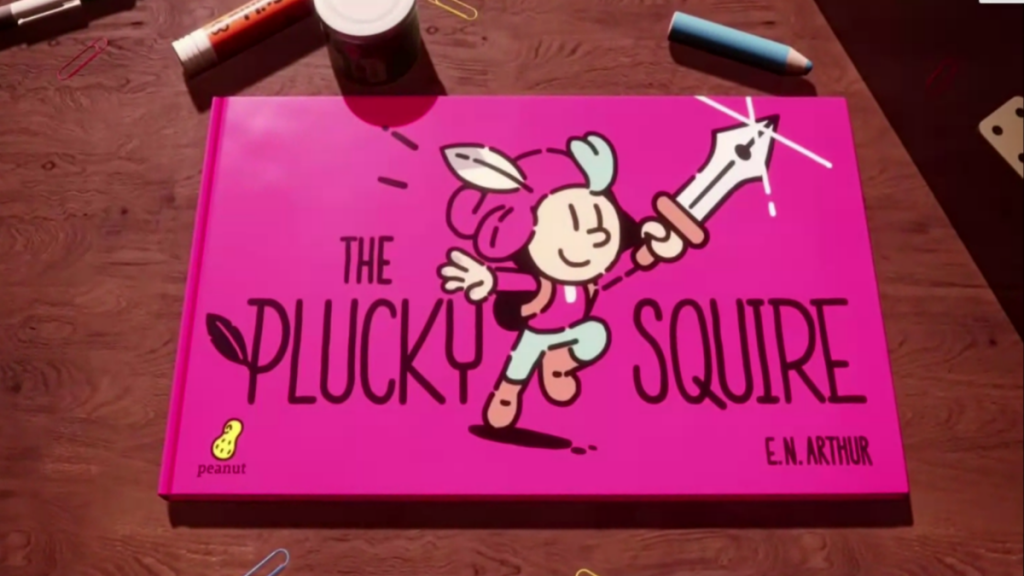
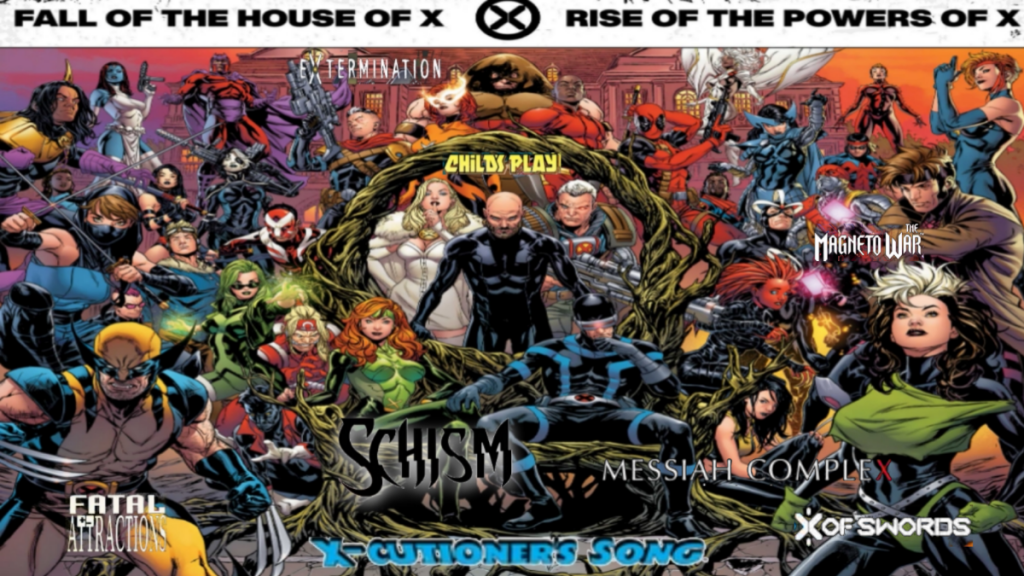
Leave a comment